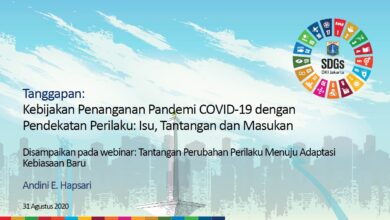
The world’s river deltas take up less than 0.5% of the global land area, but they are home to hundreds of millions of people. Many live in major fast-growing cities such as Kolkata in the Ganges delta, Bangkok in the Chao Phraya delta, or Shanghai, one of dozens of large cities in the Yangtze delta region.
With fertile soils and easy access to the coast, deltas are critical hotspots of food production. Vietnam’s Mekong delta alone supplies almost 20% of the world’s rice. They also host unique ecosystems such as the Sundarbans in Bangladesh and India, the largest mangrove forest in the world.
But many of the world’s deltas are now facing an existential crisis. Sea levels are rising as a result of climate change, while deltas are themselves sinking, and together this means the relative sea level is rising extra fast.
Deltas are built from sediments that are carried downstream by rivers and eventually deposited where the river meets the sea. As these sediments compact under their own weight, deltas naturally sink. Where left undisturbed, the supply of new river sediment can compensate for the subsidence and help to maintain the delta surface above sea level.
But deltas are now subsiding much faster than they would do naturally. That’s thanks to groundwater being pumped (or “mined”) from aquifers underneath them and used to irrigate crops and provide water for rapidly growing cities.
In these circumstances, only the continued deposition of sediment on deltas can keep them from “drowning”. We therefore wanted to find out whether supplies of river sediments would be affected by future environmental changes.
To address this question, we used a computer model to project changes in the flows of sediment to almost 50 major deltas worldwide. We used the model to explore the impact of various environmental changes, including climate change, population growth, increases in wealth and the construction of dams. Our results are published in the journal Environmental Research Letters.

Rice farmers in the Mekong Delta, Vietnam. Phuong D. Nguyen / shutterstock
We found that most of the world’s major deltas will receive less river sediment by the end of the century, regardless of the environmental change scenario. On average, we projected a 38% decrease. Our results suggest that many deltas – already significantly stressed – will become sediment starved, further compounding the risks of rising relative sea levels.
Some of the most severe reductions will be found in major Asian deltas such as the Ganges (81% less sediment) and the Mekong (77%). This is particularly concerning because these deltas are among the largest and most densely populated in the world.
We found that climate change will generally drive a small increase in the flows of sediments as, among other factors, warmer temperatures lead to increased precipitation and more soil is washed into rivers. But in many deltas this modest uptick will be more than offset by dams (which trap river sediments) and improved soil conservation practices as societies become wealthier. The Aswan Dam on the River Nile in Egypt or the Hoover Dam on the Colorado River in the US are among the dams that have already starved their downstream deltas of sediment.

Bad news for a river delta. Tupungato / shutterstock
Better management of river sediment is vital to improve the outlook for the world’s deltas. International cooperation will be essential in deltas such as the Mekong and Ganges which are supplied by large rivers that drain many countries. For dams specifically, comprehensive environmental risk assessments that fully cost the consequences for downstream regions are required so that plans can be changed or scrapped. For those dams that are to be built in the coming decades, their design must accommodate transport of sediment downstream.
For authorities within deltas, faced with managing a dwindling supply of river sediment, new approaches are needed to better manage this precious declining resource. Flood embankments prevent sediment reaching delta plains and may need to be breached, as is being explored in the Ganges delta. Additionally, the removal of sand from rivers for construction materials, which is pervasive in many deltas around the world, must be better managed.
Ultimately, difficult decisions need to be made about development priorities between countries upstream of deltas and those including the deltas themselves, and there will be trade-offs to be made between hydropower, agricultural practices and delta sustainability.
Artikel ini telah tayang di theconversation.com dengan judul “River deltas are ‘drowning’, threatening hundreds of millions of people”, https://theconversation.com/river-deltas-are-drowning-threatening-hundreds-of-millions-of-people-125088
Penulis : Researcher in Earth Sciences, Utrecht University, Professor of Physical Geography, University of Southampton
Foto Cover : The Ganges delta spans India and Bangladesh and is home to more than 100m people. Elena11 / shutterstock



